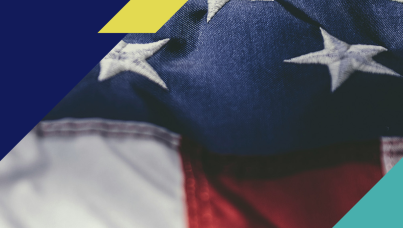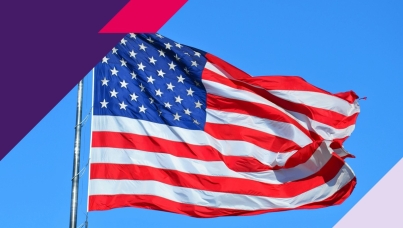Where is the public on artificial intelligence?
GPT-4 was released this week, and it is powerful. It scored higher on the Bar Exam than 90% of humans, aced AP tests, and got a 1410 on the SAT, according to OpenAI. In a demonstration by OpenAI’s president, GPT-4 also analyzed an image, turning a sketch of a website into a working website, moving from the image to functioning code. This is commanding technology.
It’s important to remember that safety and responsible use are still essential for developers and researchers working on these models. The more powerful these tools get, the truer this becomes.
Trust from the public is critical for these AI-enabled tools. Right now, Americans have a balanced position on AI, seeing both positives and pitfalls. But, as they say, trust is hard to build and easy to lose.
Below are Americans' worries and hopes for these AI-enabled tools and services.
- AI adoption. While only a few Americans have interacted with AI recently, the rate of adoption is still fast, given how long some of these interfaces have been open to the public. More than one in ten Americans have used an AI chat program in the past month. ChatGPT only opened to the public at the end of November 2022. There is interest and engagement.
- AI knowledge. While Americans are more familiar with AI than other types of emerging tech, it is not ubiquitous by any means. Half of Americans are familiar with the concept of artificial intelligence. AI is far ahead of NFTs, augmented reality, or the metaverse.
- AI’s pluses and minuses. Most see the upside of AI in the workplace but are more lukewarm on AI-generated content. Many are also concerned about inaccuracies and biases in AI written work. Young Americans, who are the most optimistic about AI, are also most likely to see the pitfalls. The public isn’t viewing this as a silver bullet.
- Workplace disruptions. While younger Americans are bullish on AI’s potential, this cohort of workers also see how AI may change or replace their current job in the foreseeable future. Out of all workers, a majority of under 35 workers think it is likely that AI will change how they do their job within five years, and just under half feel like AI will replace their job in that same time frame. These are big changes.
- Government action wanted. Americans want to see the government help soften the blow of AI on jobs. Unlike content moderation on social media, where most do not want government action, people want to see guardrails from the government on the impact of artificial intelligence on jobs. In part, this is likely because many do not trust that AI will bring with it new jobs on its own.
Each new update to GPT brings with it fresh concerns and worries. We are all still figuring out what these platforms can do, promising insights and potentially dangerous shortcomings. The public isn’t naïve about the promises and drawbacks here. As these models develop, so will opinion. These are the early days, a very important time, for tracking and understanding where Americans are on these tools.



